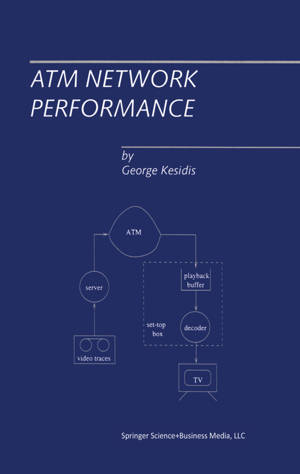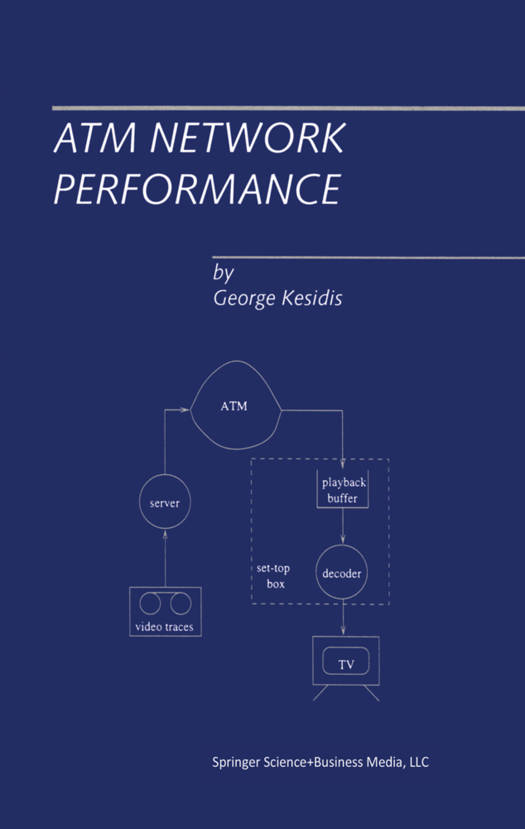
- Afhalen na 1 uur in een winkel met voorraad
- Gratis thuislevering in België vanaf € 30
- Ruim aanbod met 7 miljoen producten
- Afhalen na 1 uur in een winkel met voorraad
- Gratis thuislevering in België vanaf € 30
- Ruim aanbod met 7 miljoen producten
Zoeken
Omschrijving
ATM Network Performance describes a unified approach to ATM network management. The focus is on satisfying quality-of-service requirements for individual B-ISDN connections. For an ATM network of output-buffer switches, the author describes how the basic network resources (switch buffer memory and link transmission bandwidth) should be allocated to achieve the required quality-of-service connections. The performance of proposed bandwidth scheduling policies is evaluated. Both single node and end-to-end performance results are given. In particular, these results are applied to resource provisioning problems for prerecorded (stored) video and video teleconferencing. The flow control problem for available bit rate traffic is also described.
This book is intended for a one-term course in performance of Broadband Integrated-Services Digital Networks (B-ISDNs) based on a type of packet-switched communication network called Asynchronous Transfer Mode (ATM). The level of presentation is at the first year of graduate studies and for professionals working in the field, but it may be accessible to senior undergraduates as well. Some familiarity with ATM standards is assumed as such standards are only briefly outlined.
All of the required background in discrete-time queueing theory is supplied. Exercises are given at the end of chapters. Solutions and/or hints to selected exercises are given in an Appendix.
This book is intended for a one-term course in performance of Broadband Integrated-Services Digital Networks (B-ISDNs) based on a type of packet-switched communication network called Asynchronous Transfer Mode (ATM). The level of presentation is at the first year of graduate studies and for professionals working in the field, but it may be accessible to senior undergraduates as well. Some familiarity with ATM standards is assumed as such standards are only briefly outlined.
All of the required background in discrete-time queueing theory is supplied. Exercises are given at the end of chapters. Solutions and/or hints to selected exercises are given in an Appendix.
Specificaties
Betrokkenen
- Auteur(s):
- Uitgeverij:
Inhoud
- Aantal bladzijden:
- 154
- Taal:
- Engels
Eigenschappen
- Productcode (EAN):
- 9781475745702
- Verschijningsdatum:
- 6/01/2013
- Uitvoering:
- Paperback
- Formaat:
- Trade paperback (VS)
- Afmetingen:
- 156 mm x 234 mm
- Gewicht:
- 244 g

Alleen bij Standaard Boekhandel
+ 335 punten op je klantenkaart van Standaard Boekhandel
Beoordelingen
We publiceren alleen reviews die voldoen aan de voorwaarden voor reviews. Bekijk onze voorwaarden voor reviews.











